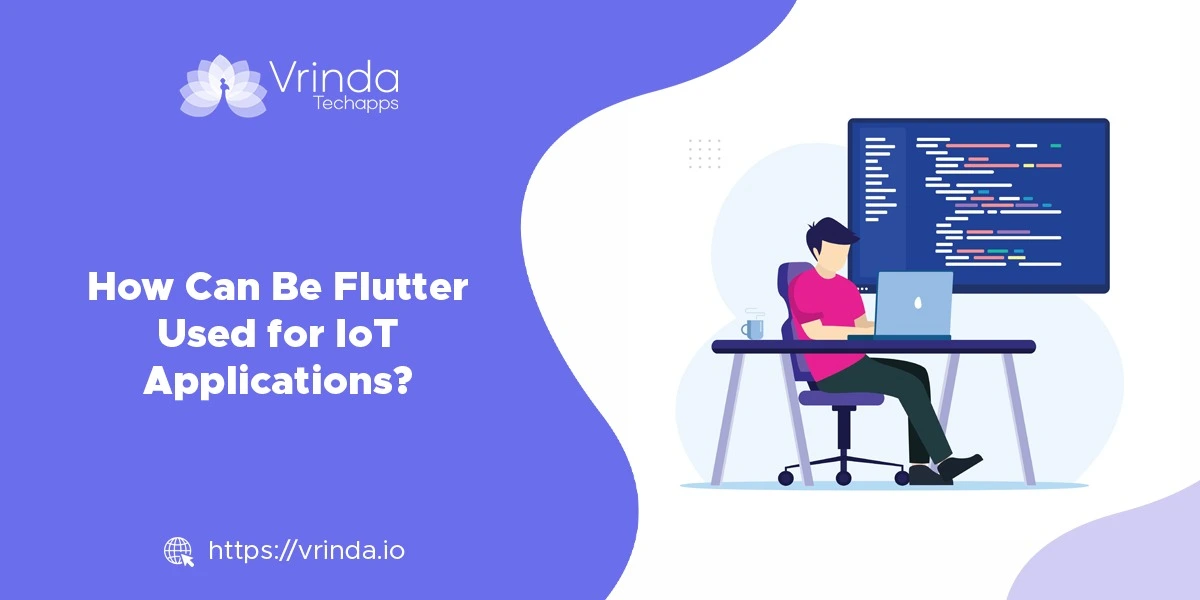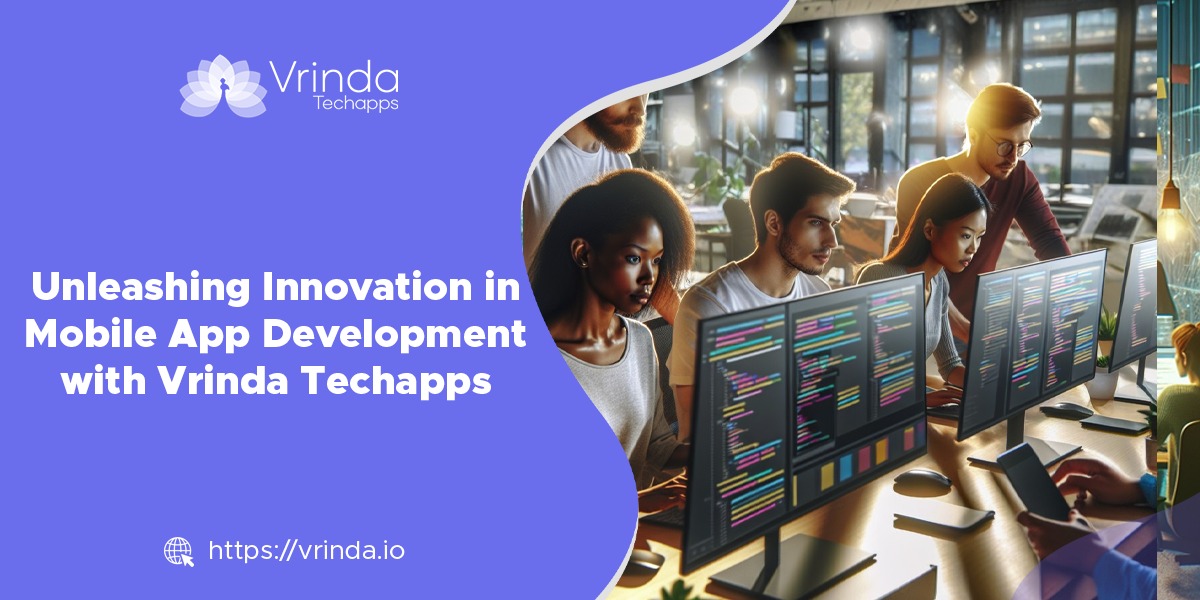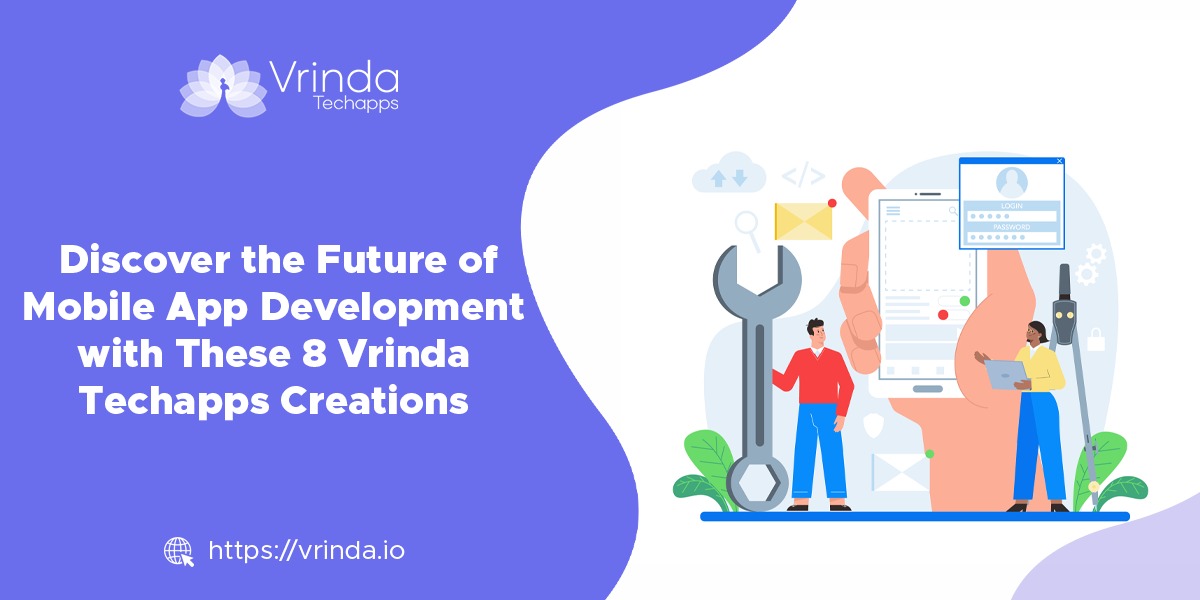
How Can Be Flutter Used for IoT Applications?
- November 22, 2023
- 8 min read
As technology evolves, the synergy between different platforms and frameworks becomes increasingly significant. Flutter, a renowned UI toolkit by Google, has made a notable impact in the field of app development, offering unique features like a single codebase for multiple platforms and a rich set of widgets. Meanwhile, the Internet of Things (IoT), which integrates internet connectivity into everyday objects, is reshaping how we interact with our environment. The fusion of IoT and Flutter app development services opens up a realm of possibilities for creating smart, interconnected applications. Below, we will explore how Flutter can be effectively utilized for IoT applications, providing a step-by-step guide for developers and enthusiasts alike.
Steps to Integrate Flutter with IoT Applications
- Understanding the Basics of Flutter and IoT: Before diving into the integration process, it is crucial to have a clear understanding of both Flutter and IoT. Flutter is a versatile UI toolkit that facilitates the creation of natively compiled applications for mobile, web, and desktop from a single codebase. Its Dart programming language offers advantages like readability and performance optimization. IoT, on the other hand, involves connecting various devices to the internet, allowing them to collect and exchange data.
- Setting Up the Development Environment: The first step is to set up the development environment for both Flutter and IoT. This includes installing Flutter and relevant IoT SDKs or libraries. It’s essential to ensure that the environment is conducive to developing applications that can communicate with IoT devices.
- Establishing Connectivity Between Flutter and IoT Devices: Connectivity is the core of any IoT application. For Flutter apps, this involves establishing a link to IoT devices using protocols such as MQTT, HTTP, or WebSockets. This step requires a thorough understanding of networking and communication protocols.
- Designing the User Interface: The strength of Flutter lies in its ability to create visually appealing and intuitive user interfaces. When designing UI for IoT applications, the focus should be on simplicity and usability, ensuring that users can easily interact with and control their IoT devices.
- Data Communication and Processing: IoT applications often involve dealing with real-time data. Developers must implement efficient data handling and processing mechanisms within the Flutter app. This includes receiving data from IoT devices, processing it, and updating the UI in real-time.
- Testing and Debugging: Testing is a critical phase in the development process. The Flutter app should be rigorously tested to ensure it communicates effectively with IoT devices and handles data correctly. This might involve simulating IoT environments and using debugging tools available in the Flutter ecosystem.
- Deployment and Ongoing Maintenance: After successful development and testing, the next step is to deploy the application. Deployment strategies may vary based on the target platform (mobile, web, or desktop). Additionally, ongoing maintenance is crucial to address any issues and to update the application as new versions of Flutter or IoT protocols are released.
- Exploring Advanced Features and Integration: As developers become more proficient, they can explore advanced features such as integrating AI and machine learning into their Flutter IoT apps. This can enhance the application’s capabilities, making it more intelligent and responsive to user needs.
- Implementing Robust Security Measures: Security is paramount in IoT applications, especially when sensitive data is involved. Developers need to focus on implementing comprehensive security protocols within their Flutter application. This includes establishing secure authentication mechanisms to prevent unauthorized access, using encryption to protect data in transit and at rest, and ensuring compliance with privacy standards and regulations. Developers should also consider integrating secure coding practices to safeguard against common vulnerabilities like SQL injection, cross-site scripting, and others. Regular security audits and updates are essential to address any emerging threats and to keep the application’s security robust.
- Extensive Testing Across Different Devices and Platforms: The step involves thorough testing of the Flutter IoT application across a variety of devices and platforms. This is crucial due to the diverse nature of IoT ecosystems, where devices with different capabilities and operating systems are involved. Testing should cover different aspects such as functionality, user interface, performance, and security. Cross-platform testing ensures that the application delivers a consistent user experience regardless of the device or platform. Additionally, testing should include real-world scenarios to ensure that the app performs reliably under various conditions and interacts seamlessly with IoT devices.
- Debugging and Performance Optimization: In this step, developers delve into debugging and optimizing their Flutter IoT application. Debugging involves identifying and fixing any bugs or issues that impact the application’s functionality or user experience. Flutter provides a range of debugging tools that can help in this process. Performance optimization is another critical aspect, focusing on enhancing the app’s speed, efficiency, and resource utilization.
Wrapping Up
The integration of Flutter and IoT heralds a new era in smart application development. By following these steps,UI UX development company can harness the power of Flutter to create innovative and efficient IoT applications. This synergy not only simplifies the development process but also opens up a world of possibilities in terms of functionality and user experience. As technology continues to evolve, the potential applications of Flutter in the IoT domain are bound to expand, paving the way for more sophisticated and inter-connected smart systems.



